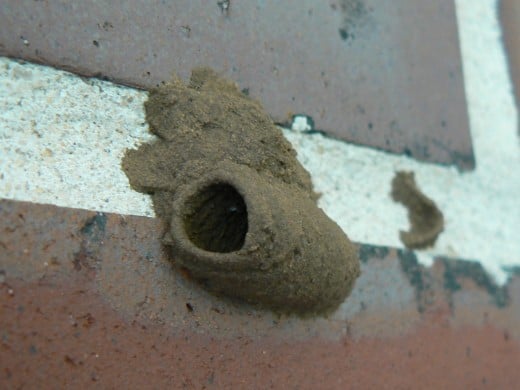Our 3yr old Suzuki 20hp has always ran brilliantly. Until it didn't. We left the boat on the hard in FL for the summer while I did some work on it and we did some visiting. The dinghy and outboard just sat in the davits the whole summer.
Upon returning to the water, the outboard immediately started overheating. These new motors are nice in telling you just what is bothering it. The error indicator lights work well, but I also have the diagnostic cable and software that lets me watch exactly what is going on while the engine is experiencing issues, as well as showing me the past 3yrs worth of engine operating details - how many hours it has run, how many times it was started, and the throttle position at each start, how much time was spent at each rpm, how much time it operated at each temperature, barometric pressure and humidity (!), and a bus-load of other detailed data. Not only that, but when it does overheat, the computer takes over and puts it in "limp home" mode, which varies the fuel injection and cylinders to reduce heating more than just throttling back - I was impressed with this.
But this was an old-fashion problem. So I started checking the usual - water pump good, but replaced anyway, thermostat good, but replaced anyway, water getting to thermostat housing, water out the pee tube, IR temp gun showed the first part of the engine in the water circuit cool, but the later part going hot quickly.
Clogged cooling passage. I tried snaking and rinsing and salt dissolvers to no avail. It was time to tear it down.
Sure enough, one of the passages was clogged shut with what looked like sand. I was expecting salt and/or aluminum corrosion products but it was mostly tan brown and grainy rather than crystals, with some obvious salt. I don't remember running it in sand, and it seems like that would have flushed out early. It still could be all salt-related because we never flush the engine. While this sounds bad, consider that the motor is in daily use year-round. This was the first layup for it.
The good news is that the insides look brand new, aside from a bit of carbon buildup on the valves. The cooling passages and exhaust passages appear to have been coated by Suzuki with some type of corrosion inhibitor (greenish colored), which speaks well of them.
So the lesson to pass on here is that maybe it does pay to flush the engine once in a while. Cruisers rarely do this because their OB's are in constant use and water is precious for many. Funny thing is that we have been carrying around a gallon of Salt-A-Way engine flush and the fitting for using it with a garden hose since 2003, but never used it. I think I will now flush the engine every couple of weeks, and definitely before laying up again.
Mark
Upon returning to the water, the outboard immediately started overheating. These new motors are nice in telling you just what is bothering it. The error indicator lights work well, but I also have the diagnostic cable and software that lets me watch exactly what is going on while the engine is experiencing issues, as well as showing me the past 3yrs worth of engine operating details - how many hours it has run, how many times it was started, and the throttle position at each start, how much time was spent at each rpm, how much time it operated at each temperature, barometric pressure and humidity (!), and a bus-load of other detailed data. Not only that, but when it does overheat, the computer takes over and puts it in "limp home" mode, which varies the fuel injection and cylinders to reduce heating more than just throttling back - I was impressed with this.
But this was an old-fashion problem. So I started checking the usual - water pump good, but replaced anyway, thermostat good, but replaced anyway, water getting to thermostat housing, water out the pee tube, IR temp gun showed the first part of the engine in the water circuit cool, but the later part going hot quickly.
Clogged cooling passage. I tried snaking and rinsing and salt dissolvers to no avail. It was time to tear it down.
Sure enough, one of the passages was clogged shut with what looked like sand. I was expecting salt and/or aluminum corrosion products but it was mostly tan brown and grainy rather than crystals, with some obvious salt. I don't remember running it in sand, and it seems like that would have flushed out early. It still could be all salt-related because we never flush the engine. While this sounds bad, consider that the motor is in daily use year-round. This was the first layup for it.
The good news is that the insides look brand new, aside from a bit of carbon buildup on the valves. The cooling passages and exhaust passages appear to have been coated by Suzuki with some type of corrosion inhibitor (greenish colored), which speaks well of them.
So the lesson to pass on here is that maybe it does pay to flush the engine once in a while. Cruisers rarely do this because their OB's are in constant use and water is precious for many. Funny thing is that we have been carrying around a gallon of Salt-A-Way engine flush and the fitting for using it with a garden hose since 2003, but never used it. I think I will now flush the engine every couple of weeks, and definitely before laying up again.
Mark










